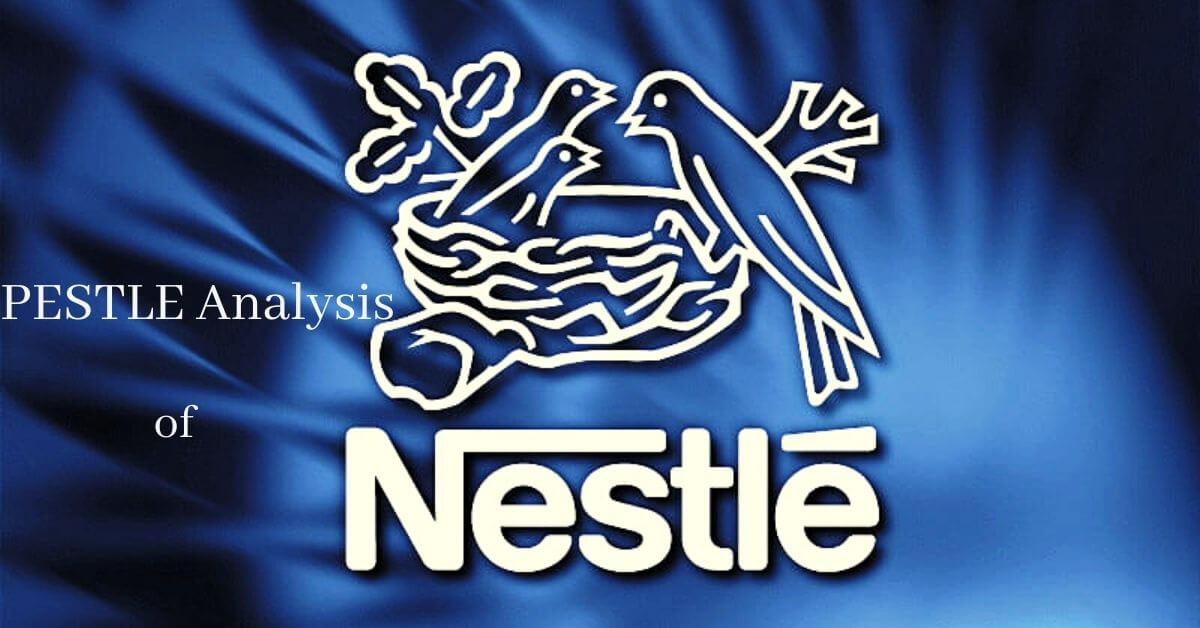Pestle analysis of Red Bull. “Drink that gives you wings” is a very famous and popular slogan of Red Bull. Dietrich and Mateschitz and Chaleo Yoovidhya established the energy drink brand “Red Bull” in 1987. The company’s headquarter is in Fuschl am See, Salzburg, Austria.
Krating Daeng, a Thai drink, inspired an Austrian entrepreneur “Dietrich Mateschitz” while visiting Thailand’s countryside. It gave him an energy boost every time he consumed it. He made an alliance with the founder of the Krating Daeng company “Chaleo Yoovidya” and both of them laid the foundation of Red Bull GmbH in 1984. They own the share of 51% and 49% in the energy drink company.
Sports, Auto Assembly line, Energy Drink Red Bull, and Arts are some of the main products and services of the company. Approximately 12,239 people are working for the company. However, the brand’s top competitors are; Unilever, Kraft Heinz, Nestle, Mondelez International, Pepsi, Canard Street, Heineken, DPS, Coca-Cola, Rockstar Energy Drink, and Monster Beverage.
Today, we’ll discuss the pestle analysis of Red Bull. It’s going to analyze the macro-environmental factors impacting the world’s largest energy drink company. For internal factors, check out the swot analysis of Red Bull. Here’s the pestle analysis of Red Bull as follows;
Political factors impacting Red Bull
Government Policies
Red Bull is operating its business in over 171 countries worldwide. Some countries have banned and others are considering imposing restrictions on the consumption of energy drinks on the basis of health issues. It doesn’t matter however strong your marketing and sponsorship campaigns are, it won’t influence the government policymakers.
The brand is aware of the challenges and health issues of the over-consumption of energy drinks. That’s why it’s difficult for the company to maintain its position globally.
Hit & Run Incident
Yoovidhya’s family is a billionaire and well recognized in Thailand. When your family has such vast influence, then your every mistake would be public. For instance, Chaleo Yoovidhya’s grandson had an incident of hit and run of a police officer in 2012 with his Ferrari. Some say he was on the drug while drugs recklessly.
However, the policeman died at the incident and the case never got solved. In fact, many people protested against the accountability of the company’s heir. The whole incident put the company under great scrutiny.
Economical factors affecting Red Bull
Sale
According to an estimate by the company’s profile page, Red Bull sold roundabout 7.9 billion cans in 2020. The company earned annual revenue of 6.307 billion dollars in 2020. Its sale has grown by 4%. It shows that the company remained profitable even during the pandemic.
Growth
Red Bull organized a dancing competition challenge by the name of “Dance your Style” in 2018. The company chose no other media than the world’s famous video platform TikTok. The challenge hashtag has a viewership of approximately more than 3 billion views in a few days in 2020.
Most of the viewers (33%) are gamers which is the primary target market of the company. it helped the energy drink company to grow during the pandemic year.
Pandemic
Gyms, physical athletes, and other workout centers are the main customer market of Red Bull. The pandemic crisis has shut down all the outdoor activities. The company’s sales declined significantly among the outgoers market.
Social factors impacting Red bull
Employees’ conflict with BLM
Some of the company’s executives had a racist attitude towards the BLM (Black Lives Matter) movement. In fact, they passed a remark about the world’s map by pointing at India as call centers, Africa as the zoo, and the Middle East as evildoers. However, Red Bull fired them but the damage was irrecoverable in terms of the brand’s image.
Political Views
MD Mateschitz publically criticized the Austrian and German government policy of opening the borders for Syrian refugees in 2015. He also talks about political correctness. It shows the confusion among his beliefs.
However, many musicians went on boycotting the Red Bull’s event and they said bad things about the brand. Matescitz launched his channel in Germany and started endorsing all the right-wing politicians. He’s also been a fan of Donald Trump and other conservative politicians.
Football Match Controversy
Red Bull utilized the football match and the team to promote the local election in Saxton, Germany in 2019. They used the slogan “our ball is colorful,” it was promoting the campaigns’ idea of diversity and tolerance.
Sponsorship
Red Bull doesn’t invest a lot of resources in marketing and advertisement campaigns in order to promote the company’s products. In fact, the company organizes, sponsors, and hosts various events, and shows them interesting content to catch their attention. It’s to show off the company’s power and influence.
Socially Active
Red Bull has been very active on various social media platforms like Facebook, Google, YouTube, Instagram, Twitter, TikTok, LinkedIn, and others. The company has millions of followers of subscribers. In fact, the company has its team in Germany by the name of RB Leipzig, association with Formula One Racing, and the music academy.
Technological factors affecting Red Bull
Innovation in Formula 1
Red Bull is highly innovative when it comes to the production of Formula 1 racing cars. In fact, the company launched a new model by the name of RBF1 Aston Martin alongside Honda to compete with Ferrari and Mercedes Benz in 2020. Both brands Red Bull and Honda had a victory.
However, Honda has other plans and the automotive company would leave the alliance by the end of 2021. It’s because their primary focus of the partnership was to achieve victory, and they’ve got the victory by bringing revolutionary changes. However, Red Bull would continue to use Honda’s technology by 2025.
Tech Development
Red Bull is serious about technology, research, and innovation. That’s why the company laid the foundation of a research institute by the name of Red Bull Basement University in 2018. It’s for the purpose of promoting research and technology among young students. However, the institute is also promoting the females in the tech industry, so that they could participate and grow.
Legal factors affecting Red Bull
Lawsuits
Many people have filed lawsuits against Red Bull over issues like false advertisement and other health issues. It cost the company roundabout 13 million dollars. The brand hasn’t won any of the lawsuits. To be more precise, the energy drink didn’t give them wings and boosted the energy for a while, and the brand couldn’t prove the concentration scientifically.
Ban & Restrictions
France banned Red Bull in 2000 for a decade, and Norway and Denmark banned the energy drink in 2008. It was because that the drink contained more caffeine than allowed. The restrictions were lifted later. Therefore, the company should be careful about the usage of various ingredients.
Environmental factors affecting Red Bull
CSR
Red Bull is the world’s leading socially responsible corporation. The company achieved a 76% CSR score out of 100 based on the ranking and analysis of various government publications, not-for-profit data, and ESG analysis.
Wings for Life
Red Bull has launched a spinal cord research center by the name of the “Wing for Life” foundation, and it addresses the potential injuries. The brand has been raising money by organizing running race events and sending the profit money to the foundation.
Eco-friendly steps
Red Bull has recently launched a project by the name of “Wall to Wall” and its goal is to decrease transportation fuel. For instance, the company produces the energy drink at the near port and then ships it to the market, instead of bringing it from the other country. It made a significant impact on the reduction of the carbon emission rate.
Recycling
Red Bull is taking steps towards the sustainability of the environment. The company claims that it believes in the process of recycling. It uses 100% aluminum in cans and it’s completely recyclable without wasting any material.
Conclusion: Red Bull Pestle Analysis Example Company
After an in-depth study of the pestle analysis of Red Bull, we’ve realized that Red Bull indeed the world’s largest energy drink company. Costly lawsuits, conflicted political views, controversial activities, and restrictions are some of the main challenges. Red Bull should avoid taking any controversial stands because it would push away customers; while paying heed on the external political, economical, social, technological, legal, and environmental factors impacting the company.

Ahsan Ali Shaw is an accomplished Business Writer, Analyst, and Public Speaker. Other than that, he’s a fun loving person.


